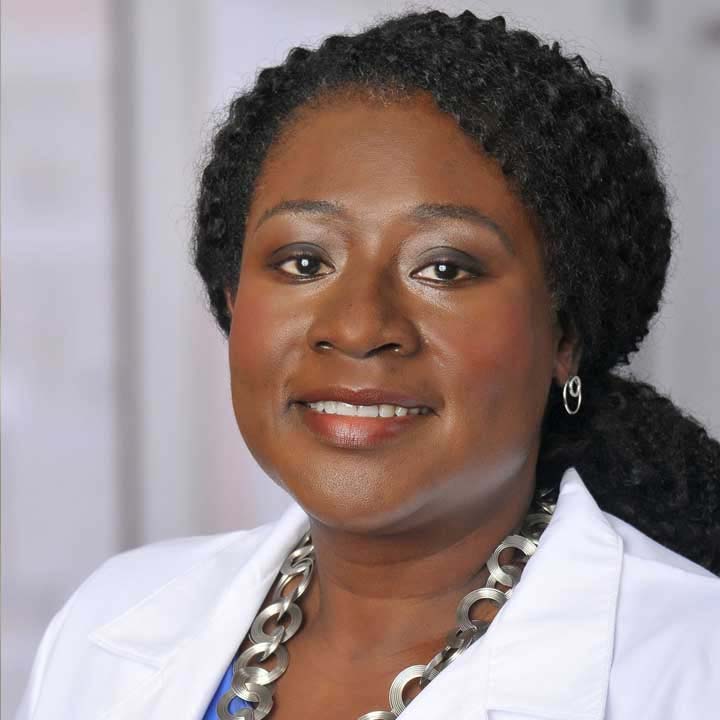
The insidious part about most breast cancers is that they come with no symptoms. You might not feel a lump or pain or any different, even though you have breast cancer.
The three most common signs of breast cancer:
- A breast lump — You might feel something that’s firm (think like a pebble or frozen pea) and fixed to the skin.
- Skin changes — You might see indentations in the skin, color changes or skin thickening. Sometimes the skin can turn red if the person is Caucasian, or dark and thick for a person of color. Sometimes, the nipple will be sunken in (retracted). Those changes will not be the same on the other breast.
- Nipple discharge — Sometimes fluid that’s bloody or dark can leak out of the nipples.
Some women with breast cancer will have only one of the signs, while others will have two or all three.
Most adults recognize a lump as a symptom of breast cancer, but less than half recognize other common symptoms associated with the disease, according to a 2023 consumer survey commissioned by The Ohio State University Comprehensive Cancer Center – Arthur G. James Cancer Hospital and Richard J. Solove Research Institute.
There are many other lesser-known signs of breast cancer besides a lump.
In the survey, just 31% of participants recognized a retracted or inverted nipple as a symptom of breast cancer, and about half (51%) said they considered nipple discharge to be a concern needing medical attention.
What to do if you notice symptoms associated with breast cancer
If you find a persistent change on or in one breast, always check the other one to see if it has the same issue. Typically breast cancer will not be in both breasts, so if there any changes, it will be in one breast and not the other. Sometimes one breast can become significantly larger than the other, which can happen with inflammatory breast cancer, a rare and aggressive type of breast cancer.
You should know what your breasts look like normally, so that if something changes, you’ll be able to detect those changes. You could naturally have breasts with a lot of lumps or cysts. If so, you’ll want to look out for something new and not in the other breast.
Make sure you know your family history. A lot of the breast cancers I see in women with lumps or skin changes are women under 40 who haven’t yet started getting screened regularly. After the age of 40, it’s a good idea to get annual mammograms. If you have a family history that includes breast cancer, you should begin getting annual mammograms as well, starting five to 10 years younger than the age your youngest family member was when they were diagnosed with breast cancer. So, if you have a sister who got breast cancer when she was 35, you would want to start annual mammograms when you’re 25 or, at the latest, 30 years old.
What else to know about breast cancer signs
You can never get too comfortable and say, “I’m too young to get breast cancer.”
The average age for people being diagnosed with breast cancer is 60. So, sometimes, people think that if you’re much younger, you can’t get breast cancer — and that’s not true.
It’s also not just a disease among women. Men can get breast cancer as well. Every year, 1% of breast cancer cases nationwide are in men. Even with a much smaller amount of breast tissue than women, men can still develop cancer in their breast tissue. Often, by the time men are diagnosed with breast cancer, they’re in an advanced stage because they don’t typically get regular mammograms.
Your best defense against breast cancer is getting mammograms and being aware of changes in your breasts. If breast cancer is found and treated early, before it spreads to other parts of the body, you have a very good chance of surviving. About 75 out of every 100 women will survive breast cancer for 10 years or more after they were diagnosed. And many people live far longer than a decade after their diagnosis.

Accurate, early cancer diagnosis matters
The James Cancer Diagnostic Center gives patients direct, expedited access to diagnostic testing and consultation with Ohio State cancer experts.
Schedule an appointment today




